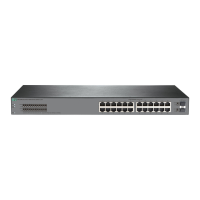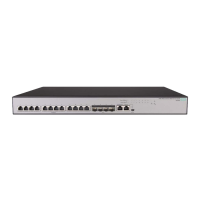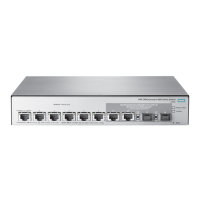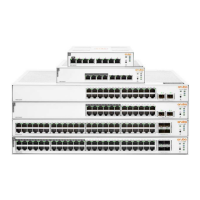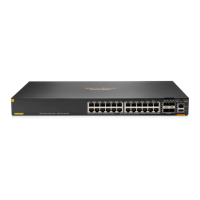Port Mirroring 41
Table 13. Port Mirroring Fields
Click Apply to update the switch configuration. Your changes take effect immediately but are not
retained across a switch reset unless you click Save Configuration.
Configuring a Port Mirroring Session
1. From the Port Mirroring page, select the Session ID for of the port mirroring session to configure.
2. Click Configure Session to display the Session Configuration page.
Figure 20. Configure Port Mirroring Session
3. Enable or disable the selected port mirroring session.
4. Click Apply to apply the changes to the system.
Field Description
Session ID The port mirroring session ID. Up to four port mirroring sessions are allowed.
Mode The administrative mode for the selected port mirroring session. If the mode is disabled, the
configured source is not mirroring traffic to the destination.
Destination Port The switch port to which packets will be mirrored. Typically, a network protocol analyzer is
connected to this port.
Interface – If port configured as a interface or probe port. This port receives traffic from
all configured source ports.
None – The destination is not configured.
Source Port(s) The ports or VLAN configured to mirror traffic to the destination. You can configure multiple
source ports or one source VLAN per session. The source VLAN can also be a remote VLAN.
Direction The direction of traffic on the source port (or source ports) or VLAN that is sent to the specified
destination. A source VLAN mirrors all received and transmitted packets to the destination.
Possible values for source ports are:
Tx/Rx – Both ingress and egress traffic.
Rx – Ingress traffic only.
Tx – Egress traffic only.
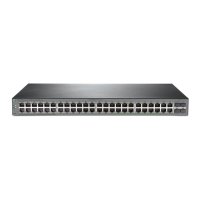
